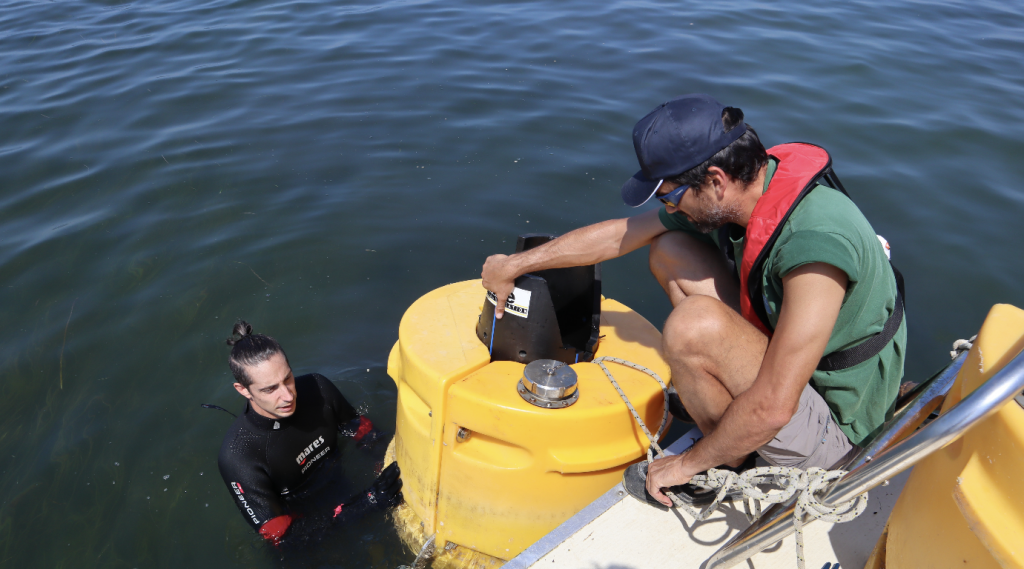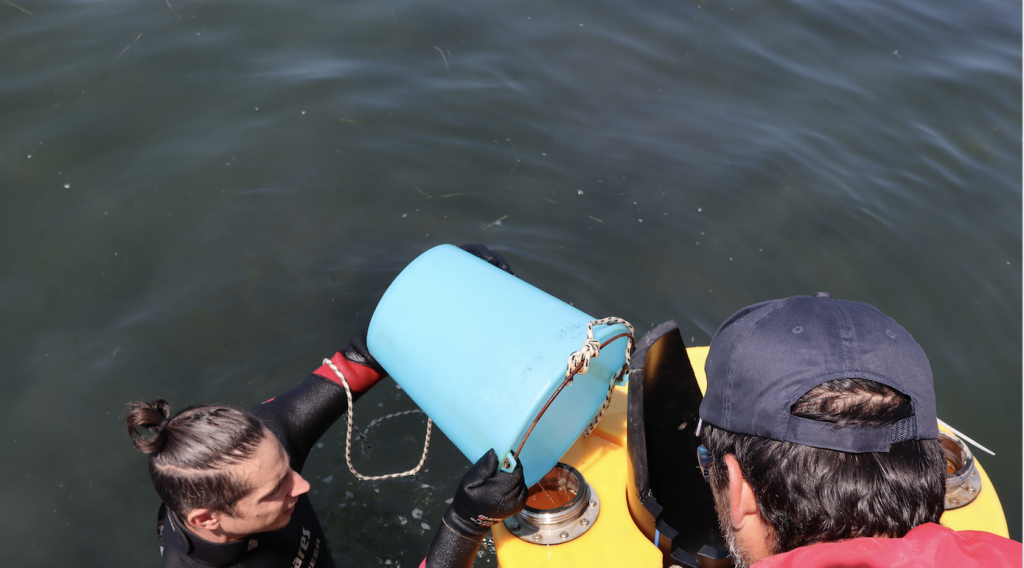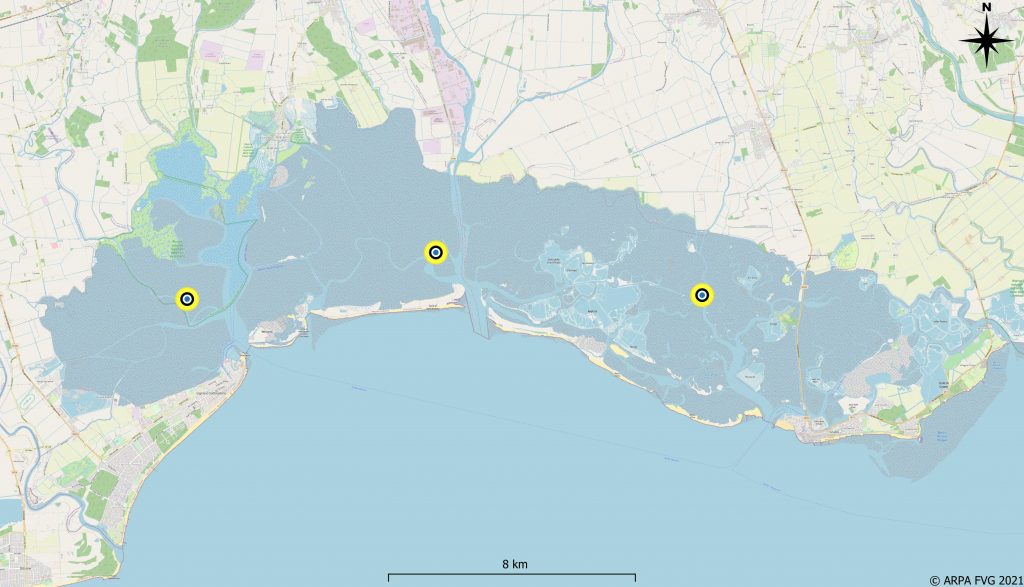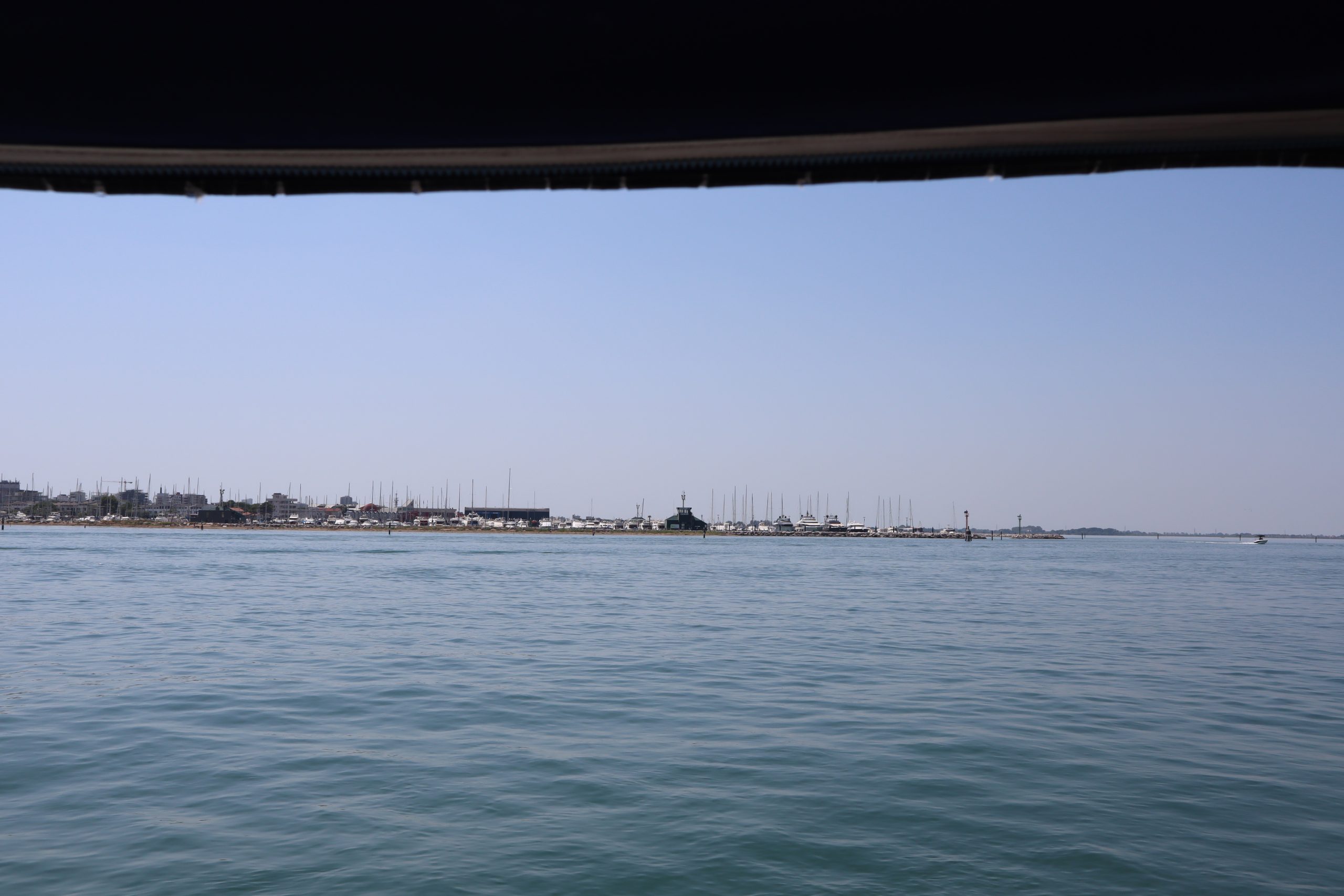The Region Friuli Venezia Giulia may be pretty small but it has an extraordinarily various coastline which ranges from the western sandy beaches to the rocky shores in the east, passing through an entire lagoon system.
The shallow waters of the Gulf of Trieste are exposed to intense physical-chemical variations due to local riverine inputs, tides (among the highest in the Mediterranean Sea), and strong winds such as Bora, which play an important role in the water circulation and mixing. Secondly, the coast has undergone severe anthropic changes over the years, which are more visible the closer you get to the city of Trieste, and caused many pressures to the remarkable and partly neglected biodiversity of the Gulf. The faunal communities on rocky tidal zones were sampled along the Gulf and analysed. Thanks to this information, we will estimate an ecological index showing the features of these communities on the basis of the rocky shore condition, thus providing a starting point to preserve the ecological quality of the area.
On the other side, the Lagoon of Marano and Grado, further West, is located between the coastal cities of Lignano Sabbiadoro and Grado. A string of islands separates the lagoon from the Gulf of Trieste and allows the exchange of water with the sea by means of numerous sea inlets. The lagoon can be divided into two basins. The western one shows a few areas above the average sea level and several rivers and canals; the eastern one has a more complex morphology, with a dense network of canals and islands and more openings towards the sea. Like many wetlands and transitional areas, the lagoon has high biodiversity. It hosts several endemic species and a huge variety of birdlife. Due to this, the lagoon falls under the Ramsar Convention, is a site of community importance and encloses two regional nature reserves. The lagoon is also an important navigation route, a fishing and farming area. It includes several marinas and the industrial port of San Giorgio, a fundamental economic junction for recreational and commercial activities.
Because of its relevance and the enduring pressures a continuous monitoring plan is a matter of primary importance for the lagoon, so three multiparametric probes have been installed in as many key areas. The recorded data are being sent independently to the ARPA FVG processing location and used to develop new numerical modelling systems of the currents and provide a powerful predictive tool in monitoring this environment.
The multiparametric probes
The continuous monitoring system is composed of 3 multiparametric probes able to work autonomously for long periods with a high sampling rate. The instruments are installed on a flotation system, a buoy consisting of two half-cylinders in high-density plastic (yellow) and a central cylinder (black), made of the same material, which houses the instrument and allows it to be locked inside with a padlock.

The half cylinders have ballast boxes to stabilize them and allow them to sink to the desired level and the position is ensured by an anchorage on the seabed.

Every probe is equipped with 3 sensors: Conductivity (used to calculate salinity) and Temperature, pH, and Dissolved oxygen. Data are currently acquired every 15 minutes and sent to a server on a daily basis together with the GPS position of the instrument. The sensors are installed in a circular manner (to a maximum of 6) and a brush is connected to the center which, by rotating periodically, keeps the surface of the sensors clean from sediments and biological organisms that could accumulate.
The system can work autonomously for 3-6 months via a battery pack installed in the probe. In any case, about once a month, a technician comes to inspect them to check that no extraordinary maintenance is needed.


The main purpose of the system is to acquire a large amount of data that can be used for the validation of numerical models. In particular, salinity and temperature were important for ARPA technicians to validate the model of the Grado and Marano Lagoon developed within the CASCADE project.
Ph and dissolved oxygen data, on the other hand, offer important feedback regarding the biological activity of the lagoon and are generally useful in supporting the assessment of the quality status of the water and ecosystems.
Furthermore, the system, thanks to the ability to acquire data 24/7, allows to overcome the limits imposed by the conventional monitoring methods carried out by Arpa personnel during working hours. The daily cycles of the acquired parameters are appreciable, as well as the seasonal variability. These instruments are also considered an ideal tool for the investigation of highly dynamic environments such as lagoons, where currents generated by wind and tides and all meteorological events, in general, can lead to sudden changes in environmental conditions.


